Exploring the majestic stretches of the California coast, you'll find an array of ecosystems, habitats, and scenic beauty that could take your breath away. Established by presidential proclamation under the Antiquities Act of 1906, the California Coastal National Monument is a spectacular network of over 20,000 rocks, islets, reefs, and pinnacles along the California coastline. As you walk along the shore or gaze out from vista points, you become part of a landscape that's more than just picture-perfect views; it's an essential haven for marine-dependent wildlife.
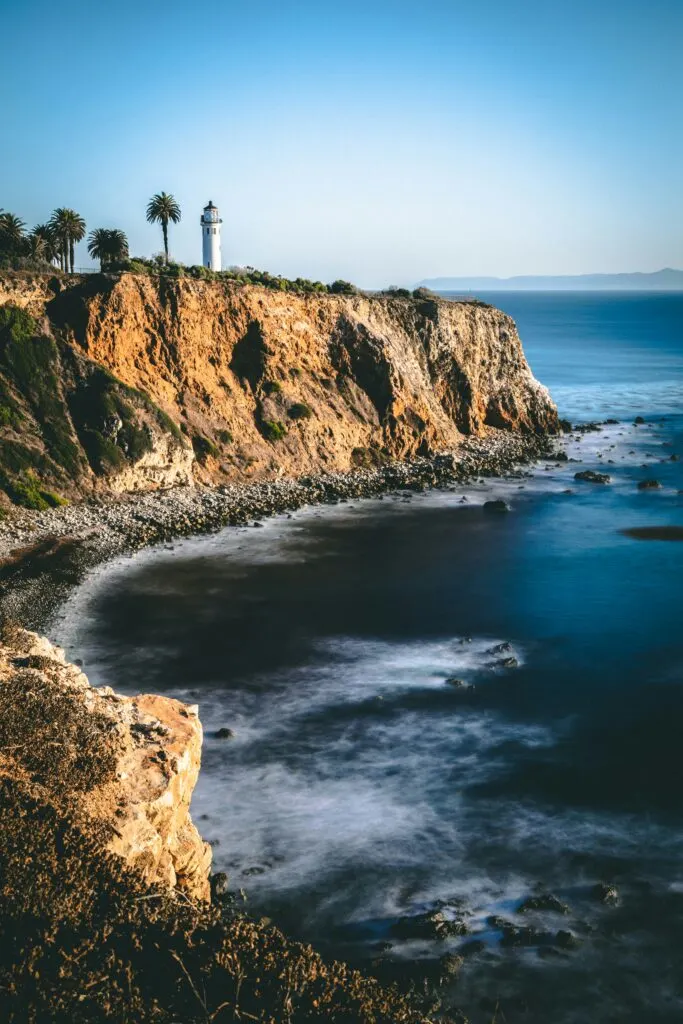
Imagine the sounds of the ocean, the salty breeze on your face, and the sight of birds soaring above the surf; it's all part of the experience at this national monument. The monument spans the entire 1,100-mile coast of California, from the boundary with Oregon in the north to the border with Mexico in the south. Throughout this expanse, it offers a sanctuary for diverse marine ecosystems and is a testament to the conservation efforts aimed at preserving our natural coastal treasures.
When you visit the California Coastal National Monument, you're not just stepping onto a beach or looking out at the ocean; you're immersing yourself in a crucial ecological area that serves as a lifeline for numerous species. The monument ensures ongoing protection for these vital habitats under the National Conservation Lands system, letting you connect with nature and experience the enduring allure of California's shoreline. Escape into this scenic and protected space, and see firsthand why the conservation and celebration of these public lands are vital to both the environment and our shared sense of wonder.
California Coastal National Monument: Exploring Its Majestic Seascapes
History and Designation
The creation of the California Coastal National Monument was a significant moment in environmental protection, directly involving a presidential proclamation and the venerable Antiquities Act of 1906. You'll find this monument's origin rooted in both political foresight and legislative strength.
Presidential Proclamation
In 2000, President Bill Clinton signed the Proclamation that established the California Coastal National Monument. By utilizing the authority given to him under the Antiquities Act of 1906, he ensured the protection of thousands of islands, rocks, exposed reefs, and pinnacles along California's coastline. This action was a key response to the growing need for conservation of these unique ecological areas.
Antiquities Act of 1906
When you look back at the Antiquities Act of 1906, you see it as a cornerstone of American conservation law. This act allows presidents to designate specific lands owned or controlled by the Department of the Interior as national monuments. It was under this act's provisions that President Clinton was able to protect the breathtaking features of the California coast, highlighting its ecological importance and the need for its preservation for generations to come.
Geography and Topography
The California Coastal National Monument stretches along your state's entire coastline, encompassing scenic rocks, reefs, and islands that provide a haven for diverse marine life. The complex geography and interaction with the mainland offer stunning views and unique ecological significance.
Coastline Characteristics
California Coast: Your journey along this coastline reveals a varied landscape where the Pacific Ocean tirelessly shapes each rock and headland. Rocks and Reefs: The monument ensures that these natural landmarks, some emerging as pinnacles from the ocean's depths, remain undisturbed habitats for wildlife. Islands: Scattered off the coast, these isolated environments play crucial roles in the life cycles of many marine species.
Key Locations
Point Arena: Here, the rugged coastline presents a dramatic interface between land and sea. Piedras Blancas: Known for its iconic lighthouse, this area is also a vital rookery for elephant seals. Trinidad and Trinidad Head: A picturesque coastal town that greets you with a striking headland. Waluplh-Lighthouse Ranch and Lost Coast Headlands: These regions offer some of the most untouched and remote landscapes along your coast. Cotoni-Coast Dairies: A testament to the varied topography, providing a blend of terrestrial and marine ecosystems.
Mainland Interaction
Venturing up to 12 nautical miles from the shoreline, the Monument's influence is felt on the State Parks and communities that dot the coastal edge. For example, Lighthouse Ranch and the Palos Verdes Peninsula are points where the mainland's and the monument's conservation efforts converge, supporting a mosaic of terrestrial and marine life that you can discover along the California coastline.
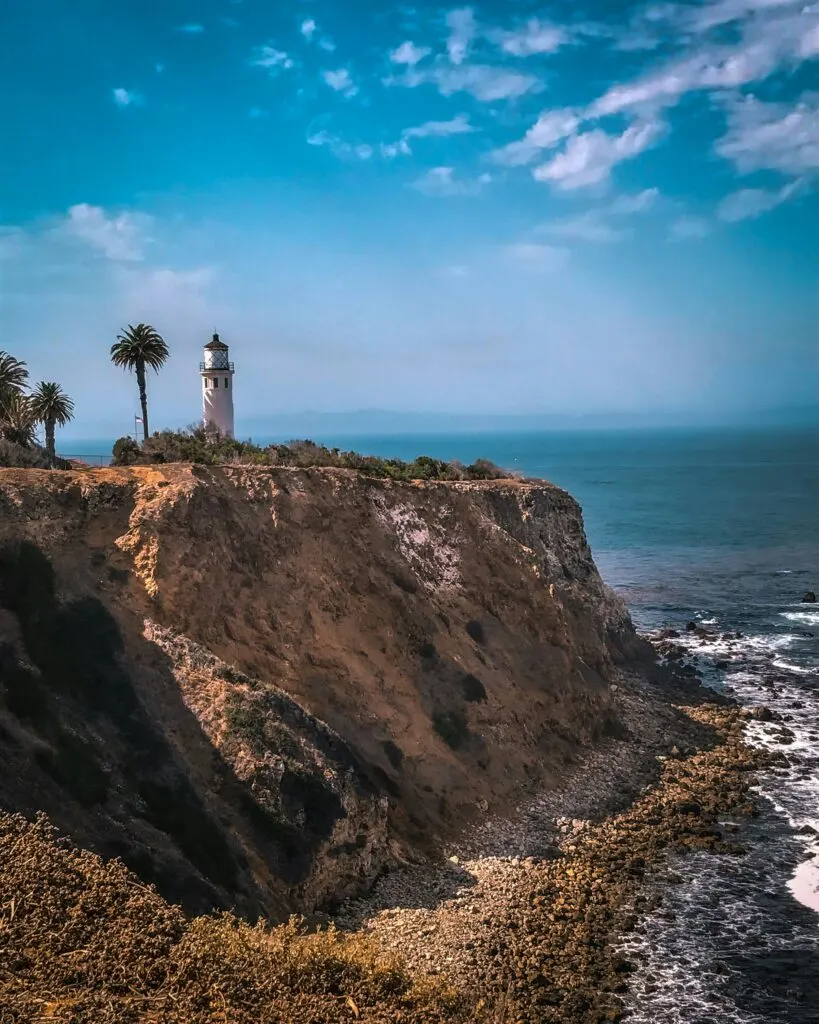
Wildlife and Habitats
Exploring the California Coastal National Monument, you'll discover a rich tapestry of wildlife and habitats that embody nature's diversity along the pristine coast. From marine mammals to delicate flora, each component plays a vital role in the coastal ecosystem.
Marine Animals
At the heart of the monument's marine life are the charismatic seals and sea lions. You can often spot Harbor sealslounging on the offshore rocks, while the louder Steller’s sea lions claim the pinnacles as their own. Don't be surprised if you catch a glimpse of playful sea otters or observe the impressive elephant seals during mating and birthing season.
Seabirds
Perched atop the monument's many exposed reefs and rocky outcrops, a variety of seabirds find the perfect nesting habitats. The sight of breeding seabirds is common, with species like the Black Oystercatcher depending on these unique environments for raising their young. Coastal waters provide them with an abundant food source, sustaining a thriving seabird population.
Flora
Beyond the spectacle of animal life, the plants that adorn the California coast add a touch of green elegance. Adapted to the salty air and sandy soils, coastal vegetation flourishes here. The verdant flora encompasses a mix of coastal prairies and riparian canyons, contributing to the beauty and ecological significance of the landscape.

Conservation Efforts
In your exploration of the California Coastal National Monument, you'll find that ongoing conservation efforts play a crucial role in preserving this natural gem. These efforts ensure the protection and management of the land and marine habitats for future generations to enjoy.
Legislation and Policy
Legislation and policy frames the foundation of conservation efforts for the California Coastal National Monument. A key policy overseen by the Bureau of Land Management (BLM), under the purview of the U.S. Department of the Interior, is designed to safeguard the unique and diverse ecosystems along California’s coast. This includes resource management plans and collaborations with other agencies, such as the California Coastal Commission, to effectively oversee the conservation of public lands.
Preserved Land Management
The management of preserved land within the California Coastal National Monument is diligently carried out by the BLM. This agency utilizes comprehensive Resource Management Plans that detail the best practices for maintaining the land, while allowing public access. The emphasis is on preserving ecological integrity and scenic beauty across the monument's vast expanse, which encompasses numerous islets and rock outcroppings along more than 1,100 miles of mainland coastline. Moreover, the U.S. Bureau of Land Management ensures that maps and other resources are available to the public, facilitating awareness and engagement in the monument's sustainable use and preservation.
Public Access and Recreation
The California Coastal National Monument offers numerous gateways for you to explore both land and sea wonders. Whether you're aiming to indulge in scenic hikes or gather valuable visitor information for a delightful coastal experience, this section guides you through.
Hiking and Trails
Gateways: To start your adventure, several captivating gateways, such as Fort Bragg-Mendocino and the iconic Pigeon Point Lighthouse, serve as starting points for coastal access. These spots are perfect for embracing the awe-inspiring scenic beauty of California's coastline.
- Trails: You have a variety of trails to choose from, catering to all fitness levels. For example, gentle walks await at Stornetta Public Lands, where the land meets the sea in a spectacular fashion. If you’re looking for an immersive experience in nature, Davenport provides access to Coast Dairies State Park, boasting trails that let you explore rolling hills and coastal terrains.
- Hiking: For the more seasoned hiker, trails that weave through Santa Cruz offer rugged coastlines and spectacular ocean views. Remember to check for trail conditions and difficulty levels to ensure an enjoyable and safe hiking experience.
Visitor Information
- Parking and Accessibility: Adequate parking is available at most onshore units, and your journey can typically begin from well-marked trailheads. Accessibility varies across locations, so it's a good idea to review access information before your visit.
- Onshore Units: Pay attention to the specific onshore units, as some may have restrictions to protect wildlife habitats and cultural sites. However, many areas are readily welcoming, offering you ample opportunity to enjoy your coastal excursion.
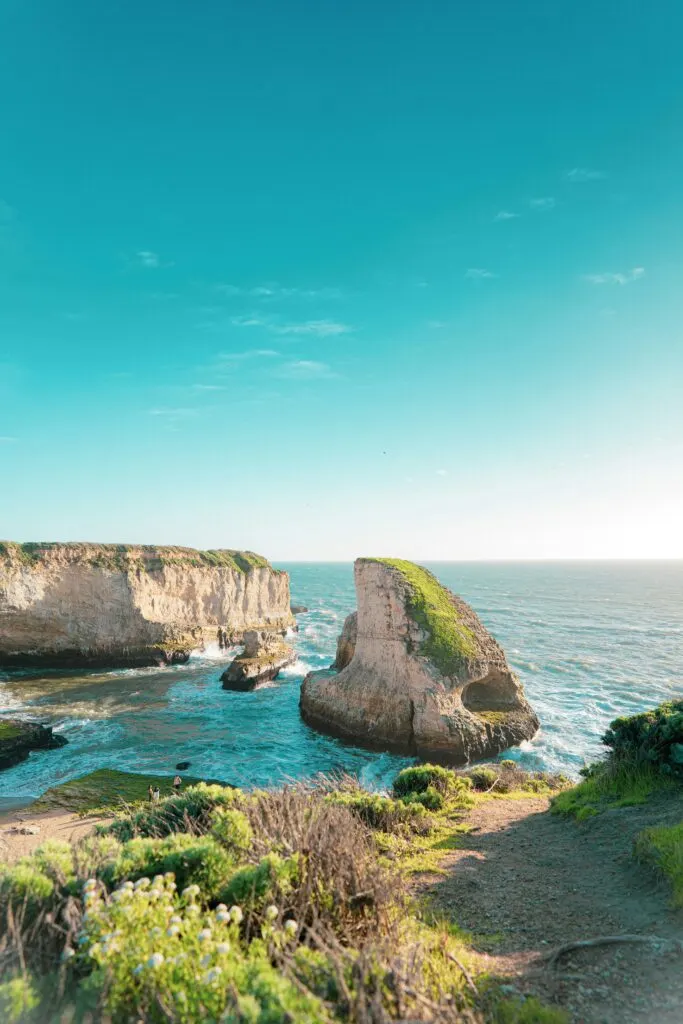
Marine Reserves
When you explore the California Coastal National Monument, you'll discover a network of marine reserves that safeguard the region's rich biodiversity and scenic beauty. These reserves are crucial for the protection of both near shore waters and off-shore rocks which serve as vital coastal habitats for a plethora of marine-dependent wildlife.
Protected Waters
Piedras Blancas State Marine Reserve and Marine Conservation Area are prime examples of how California takes measures to preserve the delicate balance of near shore ecosystems. These zones restrict human activities to prevent overfishing and ensure that marine habitats remain untouched. Your visit to this area will reveal a pristine marine environment, offering a glimpse of the ocean's natural state.
Wildlife Sanctuaries
Imagine standing on a coastline, watching a diverse array of wildlife thriving in their natural habitat. That's exactly what the wildlife sanctuaries within the California Coastal National Monument offer. These sanctuaries protect various species of birds, fish, and marine mammals. Marine-dependent wildlife such as sea otters, seals, and seabirds rely on the monument's protected waters and off-shore rocks for foraging and breeding. As you observe these creatures, you're not just enjoying their presence, you're also witnessing conservation in action.
Research and Education
The California Coastal National Monument plays a significant role in advancing scientific knowledge and educational enrichment. Through ongoing research initiatives, community involvement, and dedicated educational programs, you can engage with and learn about the vibrant ecosystems and cultural heritage protected within this monument.
Scientific Studies
Point Arena-Stornetta Unit serves as a living laboratory for researchers studying coastal ecosystems. Scientists conduct fieldwork here to better understand intertidal life, coastal flora, and fauna dynamics. The data gathered contributes to the conservation efforts and helps anticipate the impacts of climate change on these delicate habitats.
Community Outreach
Community outreach initiatives focus on building awareness and stewardship among local residents. You might find opportunities to participate in clean-up activities, habitat restoration projects, or informative talks that bolster a community connection to the environment. Specifically, engagement with the Point Arena-Stornetta Unit offers a hands-on approach to preserving the biodiversity of the region.
Educational Programs
Educational programs provided by the California Coastal National Monument are designed to inspire your curiosity and foster a deeper appreciation for natural wonders. Ecosystem-focused field trips and ranger-led tours enable you to witness conservation in action and learn about the native species and geological features that define the coastal landscape.
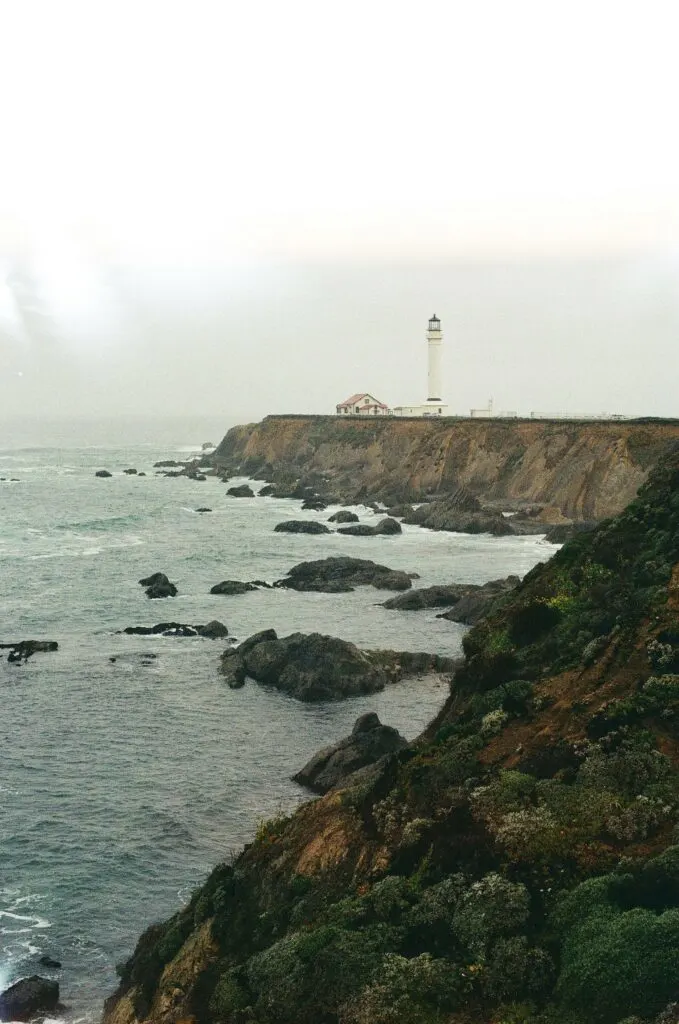
Cultural Significance
The California Coastal National Monument holds a wealth of cultural treasures that tell the stories of both ancient occupants and recent generations. You'll find historical sites dotted along the coast and local traditions that are still practiced today.
Historical Sites
Trinidad Head and Waluplh-Lighthouse Ranch are places that offer a glimpse into the rich tribal history of the Yurok people. At Trinidad Head, you can walk where indigenous people have stood for thousands of years, with commanding views of the ocean that have long served as a backdrop for both survival and spirituality. The nearby Waluplh-Lighthouse Ranch is significant as a site of cultural renewal; it was once a U.S. Coast Guard facility, but has been returned to the Yurok Tribe, reinforcing their strong connection to the land and sea.
The Lost Coast Headlands carry tales of shipwrecks, lively coastal settlements, and the tried-and-true practices of maritime navigation. Here, remnants of old homesteads and ranches testify to the rugged life along the coast, where isolation shaped a community that was as tight-knit as they come.
Cotoni-Coast Dairies, located in Santa Cruz County, is rich in cultural history stretching back more than a thousand years, with archaeological sites that highlight the longstanding presence of the Ohlone people. More recently, it was a part of the dairy industry in the late 19th and well into the 20th century, playing a key role in the local economy.
Local Traditions
Local traditions in these areas are deeply interwoven with the natural environment. You'll witness this in the annual ceremonies held by indigenous tribes, such as those at Trinidad Head, where dances and songs have echoed for centuries. The ceremonies are a profound expression of cultural identity and a testament to the resilience of these communities.
Fishermen along the Lost Coast still follow in the footsteps of their forebearers, venturing into the Pacific in small boats, much like the generations before them. This living tradition maintains a connection between the past and present, as stories of the sea are passed down with each wave and catch.
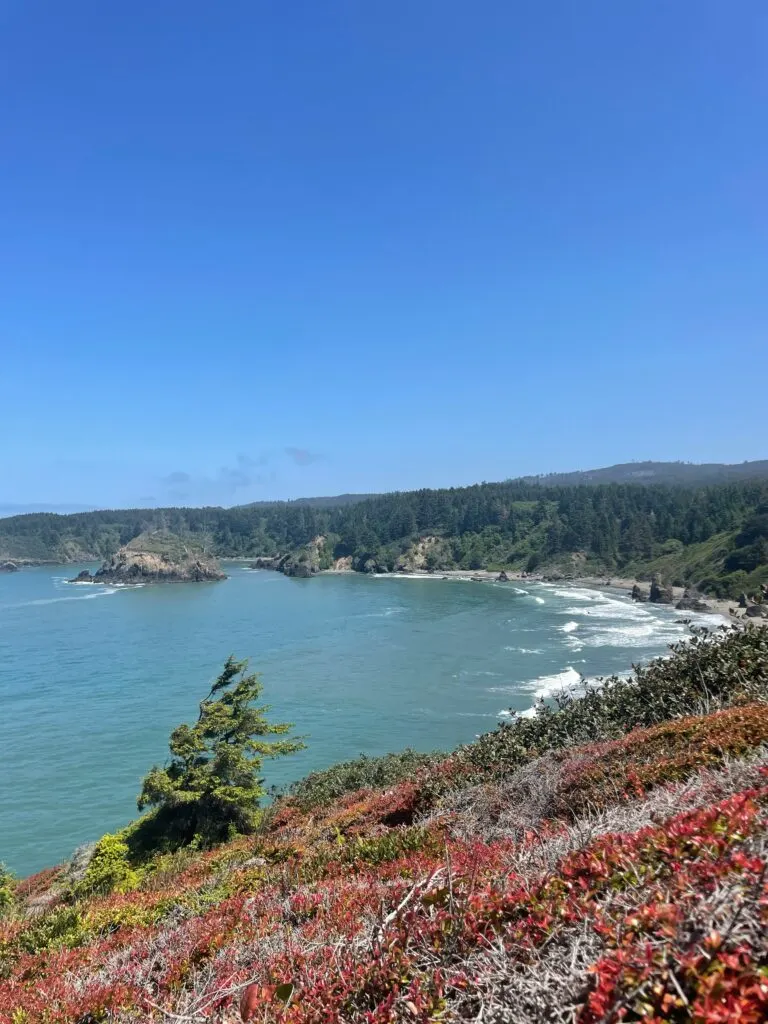
Economic Impact
The California Coastal National Monument (CCNM) isn’t just a pristine natural area; it's also a significant contributor to the local economy, thanks to tourism and concerted resource management efforts.
Tourism Benefits
When you visit CCNM, you're not only greeted by its remarkable landscapes and ecosystems but also presented with a chance to boost the economic vitality of nearby communities. Beaches, wildlife viewing spots, and hiking trails at sites like the Point Arena-Stornetta unit offer recreational activities that entice travelers. Tourism to this part of California supports local businesses ranging from hospitality to outdoor recreation services. According to a Small Business Majority report, areas like Point Arena-Stornetta have significant acreage open for exploration, contributing economically through activities such as hiking and bird watching.
Resource Management
Effective resource management plays a critical role in sustaining the economic benefits that the CCNM provides. This includes preserving the diverse ecosystems which, in turn, secures the monument as a desirable destination. Efforts to reduce human disturbance to coastal wildlife, highlighted in a Bureau of Land Management report, are key to maintaining the natural habitats that support tourism and the associated economic gains.
- Healthy ecosystems: They attract tourists and support vibrant marine life, directly affecting local economic stability.
Your visits and respect for the area's ecosystems contribute to the ongoing efforts to protect and enhance the economic impact of California's natural treasures.
Environmental Challenges
Your enjoyment of the California Coastal National Monument comes with a responsibility to understand the environmental challenges it faces. From climate change effects to human activities, the beauty and biodiversity of this protected area along the California coast demand attention and action.
Climate Change Effects
Climate change is reshaping the environment of the California Coastal National Monument, which stretches from Oregon to Mexico. Warmer temperatures lead to rising sea levels, threatening the delicate balance of estuaries and increasing erosion along the coast. The Garcia River estuary, for example, is a vital habitat for fish and bird species that may be disrupted by changes in temperature and sea levels.
- Rising Sea Levels: A concern for low-lying habitats and human structures.
- Temperature Fluctuations: Impacts the breeding cycles of marine wildlife.
Human Activities Impact
Your actions have a direct impact on the health of the coast. Unregulated recreation and irresponsible tourism can lead to habitat destruction and pollution. Being mindful of your presence can help preserve the monument's integrity.
- Pollution: Litter, oil spills, and other pollutants harm ecosystems.
- Physical Disturbance: Off-trail hiking and vehicle traffic can damage sensitive habitats.
Frequently Asked Questions
In this section, you'll find answers to common questions about the California Coastal National Monument, from where to get maps to the wildlife you might encounter during your visit.
Where can I find a map of the California Coastal National Monument?
For a detailed map of the California Coastal National Monument, visit the Bureau of Land Management website.
Are there designated camping sites at the California Coastal National Monument, and if so, where?
While the Monument itself does not have designated camping sites, nearby state parks offer camping facilities. For specific locations, it's best to check the Bureau of Land Management's visitor page.
Which visitor centers serve the California Coastal National Monument and offer information?
Visitor centers that serve the Monument are situated along the California coast. You can find comprehensive information and orientation at these centers, including the Point Arena Lighthouse where staff can answer questions about the Monument.
What are some interesting facts about the ecosystems within the California Coastal National Monument?
The Monument’s unique coastal habitat supports a variety of marine-dependent wildlife and vegetation. It encompasses more than 20,000 rocks, islands, exposed reefs, and pinnacles along the coastline.
What kind of wildlife can be commonly found in the California Coastal National Monument?
You can commonly see seabirds, marine mammals such as seals and sea lions, and a diverse array of intertidal species within the Monument's coastal ecosystems.
What are some popular hiking trails within the California Coastal National Monument, particularly near Point Arena?
Near Point Arena, Point Arena Lighthouse Nature Trail is a well-liked hiking route among visitors seeking coastal views and a chance to observe local wildlife.
